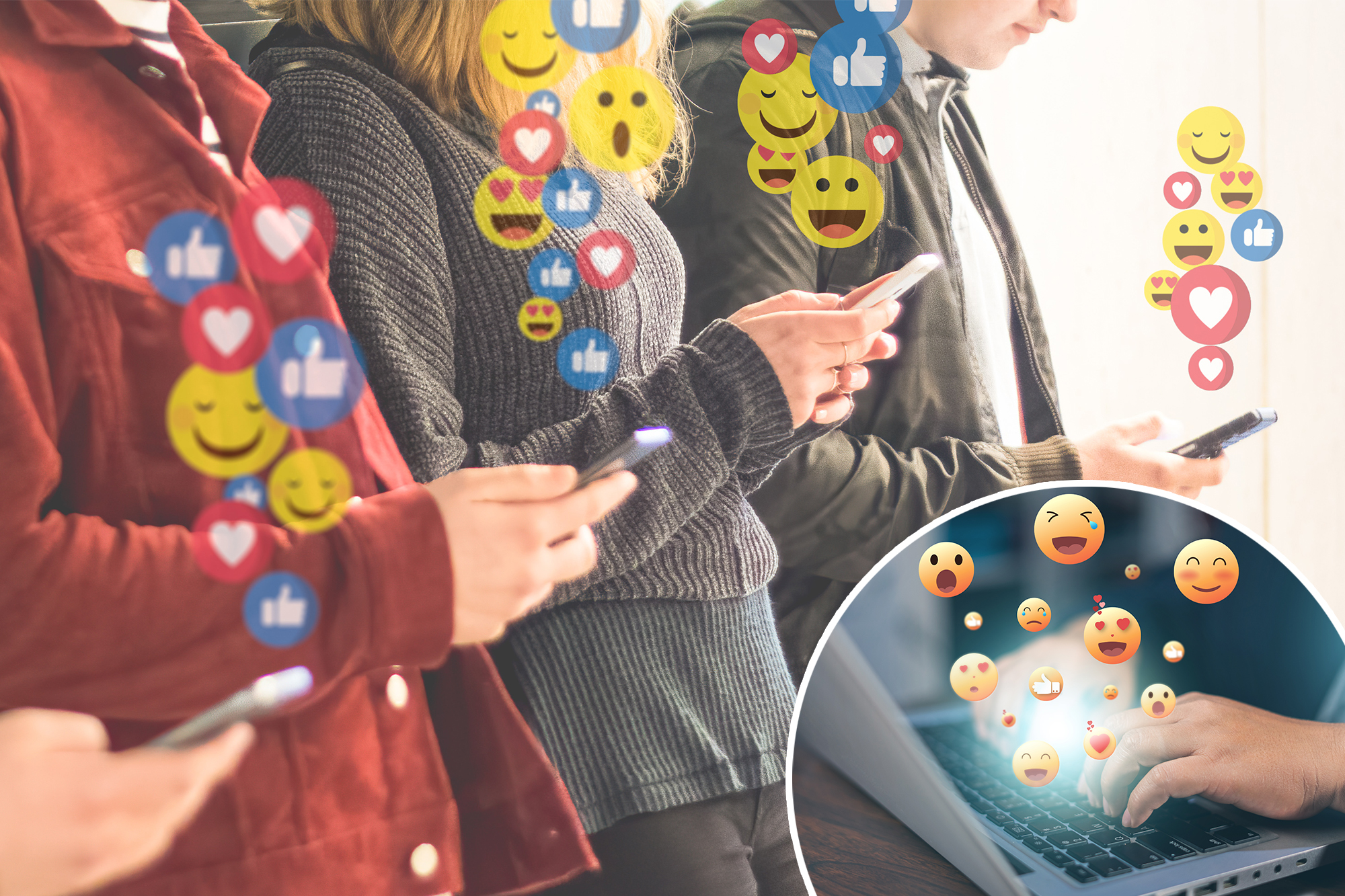
Do you know what these emojis mean?
Emojis have become a fun and quick way to communicate, but they can often cause confusion due to varying uses across cultures and generations.
A new report from language education platform Preply found that 81% of Americans have been confused by someone else’s use of an emoji.
Preply surveyed 2,021 Americans from Feb. 1 to 29 in order to decipher what people think each emoji means the most — and findings showed that the nail painting emoji, the dashing away cloud emoji and the upside-down smiley face are the most confusing emojis in 2024, in order.
The research found the most confusing emoji is actually not a confusing facial expression, but rather one painting a finger with nail polish, with 40% interpreting the emoji to mean “classy” or “posh/bougie.” Others think it means “just nail polish,” “Don’t mind me hehe” and “self-care.”
The cloud emoji meant “dashing away” or “fast” to 38% of respondents, “farting” to 34%, “exhaustion” or “out of breath” to 15% and smoking to 13%.
The upside-down smiley face was interpreted as sarcasm (38%), smiling through pain (36%), same as the regular smiley face (16%) or passive aggression (10%).
Geographic location plays into the confusion as well, similar to how dialect differs depending on where you are when it comes to “soda” and “pop” or “sandwich” and “hoagie.”
The thumbs-up emoji often is a symbol of affirmation or agreement in Western cultures, but in certain Middle Eastern cultures, it’s considered offensive — akin to the middle finger in America.
The gesture showing the index finger and thumb touching is seen as “OK,” “perfect” or “excellent” — but in Brazil and parts of Southern Europe, it’s considered obscene. Additionally, Australians can regard it as a symbol of evil, in Japan it means money, and in some Middle Eastern countries, it’s a reference to the evil eye.
The peace sign emoji means “peace” in the UK and US. But in Britain and Australia, if the palm is faced inward it’s similar to giving the middle finger.
In fact, almost half of those surveyed admitted that they have seen a misinterpreted emoji create an uncomfortable situation.
“Emojis are widely used in digital communication worldwide. However, these small digital images meant to represent an idea, mood, or emotion could be interpreted differently depending on cultural contexts,” Preply language expert Sylvia Johnson said in a statement.
“The interpretation of emojis can also reflect generational differences, personal interpretations, and more. As they continue to evolve into a language of their own in digital communication, users need to take extra care in selecting which emojis to use, especially when the context involves cross-cultural communication.”














